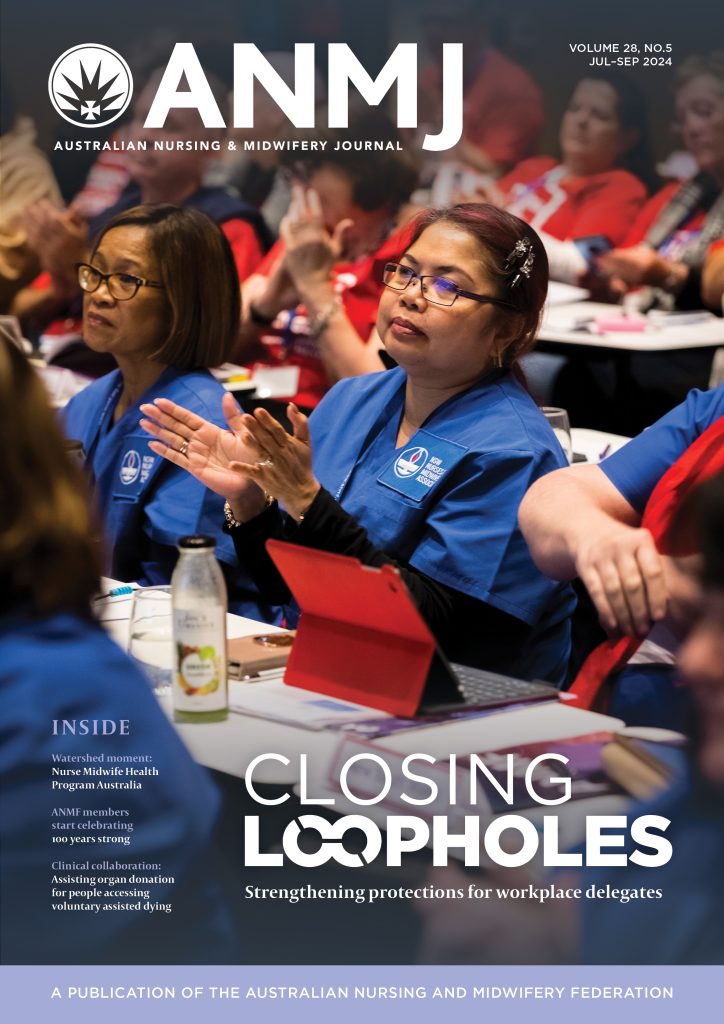While it’s never too late to exercise, the earlier you commit to regular exercise the better.
Younger women can retain the benefits of exercise during their 20s, going on to have better heart health later in life, research shows.
“We wanted to explore whether women could ‘grow’ their physical activity, like bank savings, for enhanced cardiovascular health,” said University of Queensland School of Public Health NHMRC Emerging Leadership Fellow Dr Gregore Iven Mielke.
“It appears they can.”
The UQ researchers analysed longitudinal data from 479 women who reported their physical activity levels every three years from their early 20s to their mid-40s.
“Women in their 40s who’d been the most active in young adulthood had a resting heart rate, on average, of around 72 beats per minute (bpm).
“That’s compared to around 78 bpm for the women who’d been the least active from their 20s to 40s,” Dr Mielke said.
While the difference may seem small, previous studies suggested an increase in resting heart rate of even 1 bpm was associated with increased mortality, he said.
“A lower resting heart rate usually means your heart is working more efficiently and as it should be. These findings suggest that regular physical activity, irrespective of timing, appears to provide cardiovascular health benefits for women before the transition to menopause.
“It shows us that public health initiatives should be promoting an active lifestyle for women in their 20s and 30s, with the positive health impact still being evident later in life.”
Knowing more about the potential effects of accumulating physical activity was important, say the researchers.
“Especially for women, as pregnancy and childbearing drastically impact on levels of physical activity,” Dr Mielke said.
“Few other studies have used life course epidemiology models to explore the extent to which accumulating physical activity throughout life is important for preventing diseases.”
The study used data from the Menarche-to-PreMenopause study, a sub-study of the Australian Longitudinal Study on Women’s Health (ALSWH) exploring the health of 57,000 women for more than 20 years.
The study was published in the Journal of Physical Activity and Health









